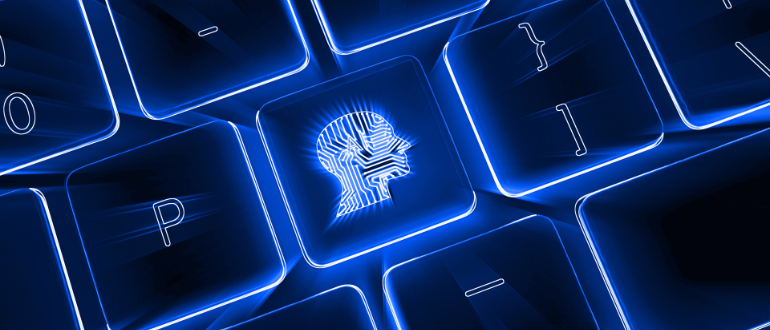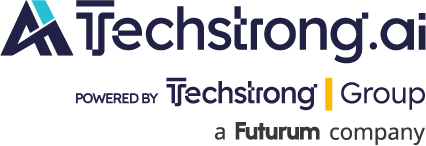
Artificial intelligence PCs promise to usher in a new era of AI-powered capabilities, faster processors, and enhanced efficiency. But one thing is missing so far that could throttle the transition: a dearth of compelling software and killer apps.
“AI’s potentially transformative impact on the PC segment is still being throttled by an absence of truly disruptive on-device AI functionality,” Olivier Blanchard, research director of intelligent devices at the Futurum Group, wrote in a report released last week. “While the hardware itself is impressive and continues to improve at an adequate pace, the overall value of AI PCs in an AI ecosystem that still heavily favors cloud-based AI solutions is beginning to come into question.”
The technological disconnect threatens to disrupt the so-called “supercycle” transition to the fledgling AI PC market at a time when generative AI and agentic AI use is thriving within enterprises. Nine out of 10 enterprise IT decision-makers consider AI PCs the next evolution of PCs, according to the report.
For AI PCs to drive growth beyond the Windows 11 refresh cycle, Blanchard said, they must “deliver demonstrable market disruption, not merely promise it.”
“Without new and compelling on-device AI features that boost both productivity and ROI, and significantly lower TCO, Copilot+ PCs and their higher-performance successors may start to succumb to the downside of the hype cycle that initially made them seem like a good investment,” Blanchard wrote.
Currently, most AI-enabled assistants and agentic features are cloud-based, making PCs with minimal AI-enabling specs adequate for most knowledge workers.
A disconnect exists between AI PC hardware and AI software capable of running locally on-device because most of today’s valuable and popular AI features run primarily in the cloud and can be easily accessed through any PC.
The PC functions primarily as a “frictionless endpoint, not the processing center,” Blanchard said, resulting in PC users experiencing essentially the same cloud-based AI performance whether they use a new AI PC or a traditional one.
Several PC vendors have taken encouraging first steps by integrating on-device AI features into their systems: Lenovo Group’s Aura Edition offers Smart Modes for privacy and collaboration, plus Smart Share for file transfers; HP Inc.’s AI Companion provides chatbot functionality, document summarization and analysis; Dell Inc. focuses on AI-powered video effects and accelerated GenAI; and ASUS offers StoryCube software for media organization.
While laudable, these features don’t go far enough to meet the industry’s sky-high expectations, according to Blanchard.
On-device AI experiences the market was promised—such as easily trainable, personalized AI models, local agentic features, and less dependence on network access—are still largely missing.
“The AI PC segment faces a critical choice: Software vendors and ISVs must decide whether to continue operating cautiously, keeping valuable AI workloads in the cloud, or to take a risk and launch the on-device ‘killer apps’ that the market was promised,” he said.
A risk-averse approach could result in the AI PC refresh cycle becoming just another ordinary refresh cycle, squandering the opportunity to transform the PC market, he warns.

